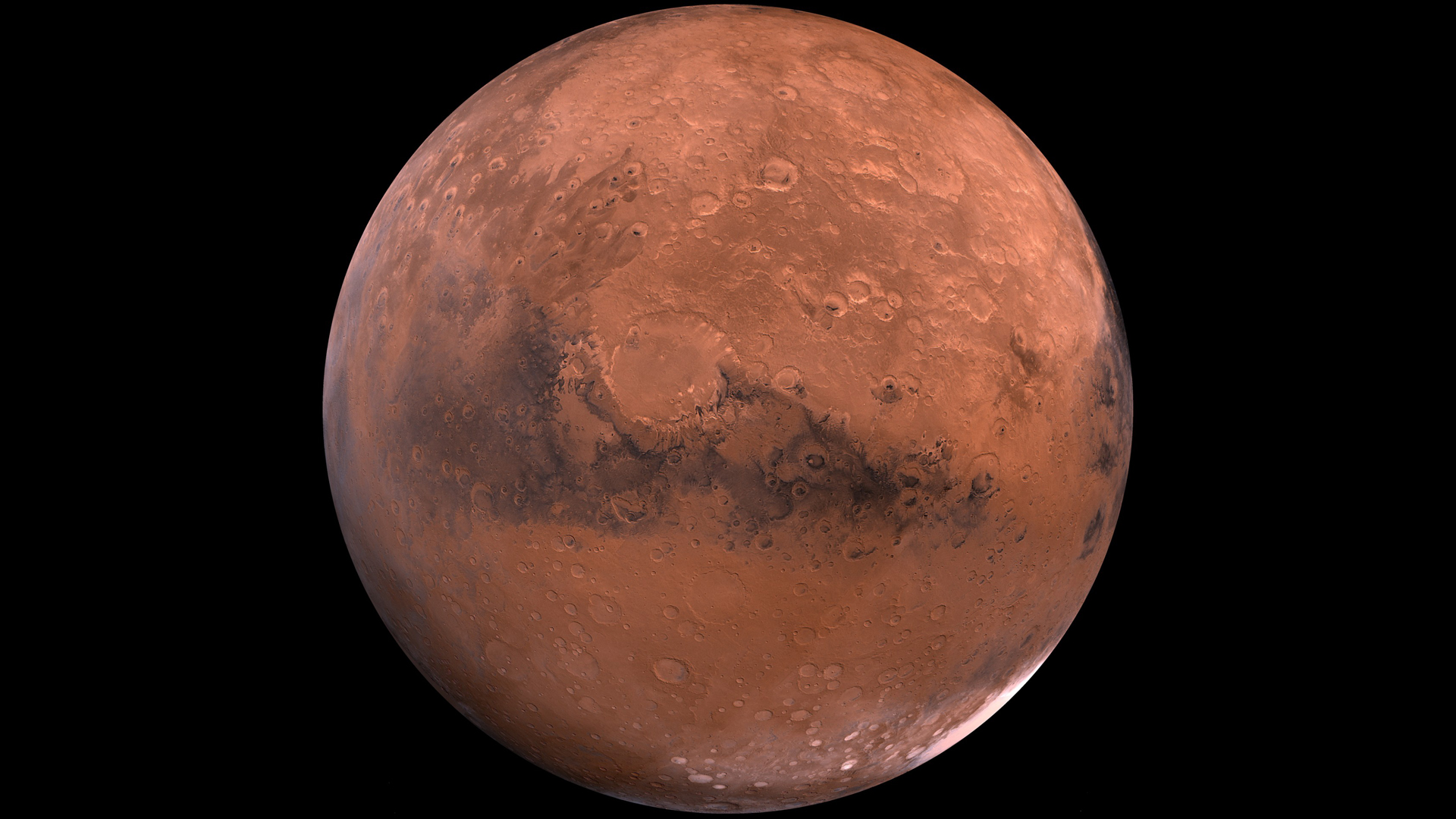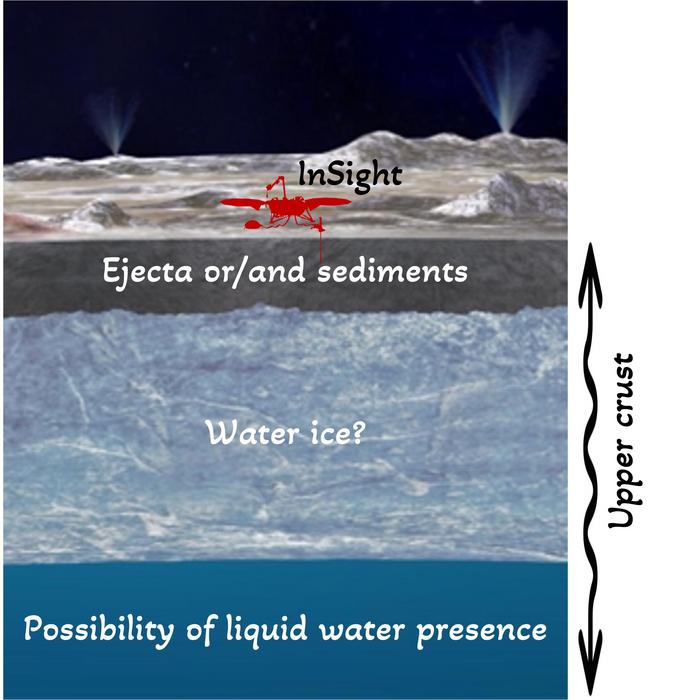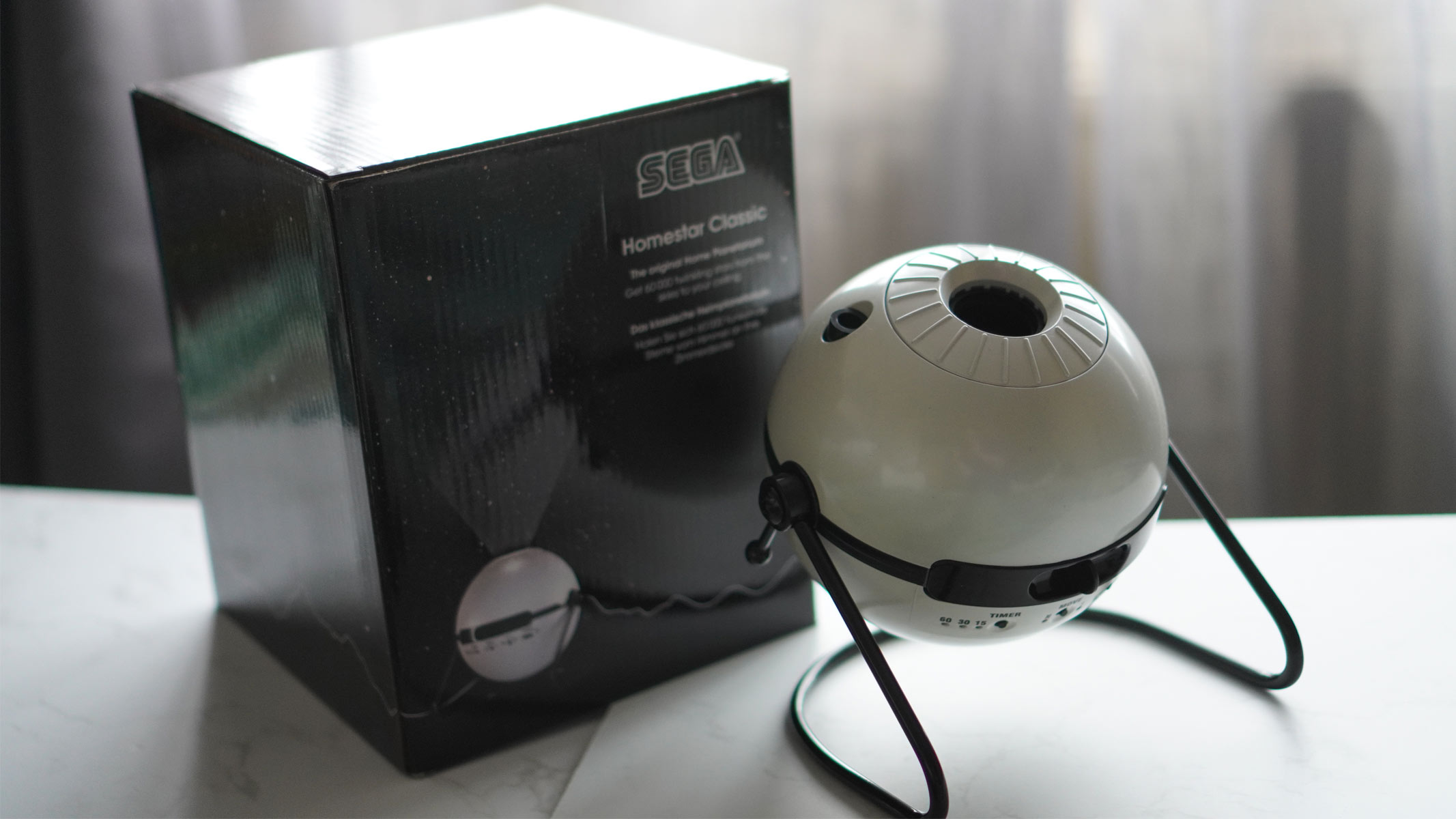'Marsquakes' reveal clues about a hidden body of water on Mars
A new study offers key insights into Mars' water cycle.

Scientists have found seismic clues that suggest liquid water may be hiding beneath Mars' surface.
By listening to the echoes of "marsquakes" — seismic waves rippling through Mars' crust — researchers uncovered signs of water lingering at the base of the planet's upper crust, which sits between 3.4 and 5 miles (5.4 and 8 kilometers) below the surface.
"Within our solar system, Mars has consistently been at the forefront of the search for extraterrestrial life," said Weijia Sun, a professor at the Institute of Geology and Geophysics, Chinese Academy of Sciences and one of the study's authors, to Space. "The presence of liquid water is regarded as one of the most critical factors in this endeavor."
Liquid water was thought to once flow freely across Mars during the planet's Noachian and Hesperian periods — an era stretching from the planet's formation up to about 3 billion years ago. However, as Mars entered the Amazonian period, its climate dramatically shifted. Surface water disappeared, leaving behind the cold, dry landscape we see today.
"While the presence of flowing water on Mars is now indisputable, the volume and mechanisms of its disappearance remain subjects of active debate," said Sun.
One theory suggests Mars lost its water to space as solar wind stripped it from the atmosphere — a process supported by ratios of isotopes on the Red Planet, or distinct species of chemical elements, seen today. Another proposes that the water didn't vanish, but rather sank into the crust. This would suggest pockets of water in deep underground aquifers. While some models predict liquid water could survive in the middle crust, its extent remains uncertain due to a lack of detailed structural data from those depths.
NASA and other space agencies have sent rovers and orbiters equipped with ground-penetrating radar to explore beneath Mars' surface — but these tools can only see a few miles deep. That's because electromagnetic signals quickly fade as you go deeper into the crust.
Get the Space.com Newsletter
Breaking space news, the latest updates on rocket launches, skywatching events and more!
But Sun and his team took a different approach. Instead of radar, they tapped into data of seismic waves generated by two massive meteorite impacts (S1000a and S1094b) and the largest recorded marsquake (S1222a). "While previous computational studies have suggested the potential presence of liquid water on Mars, these predictions lacked observational support that seismology offers," he said.
By analyzing how these waves traveled through the crust, they were able to map its fine structure — and search for anomalies that might hint at liquid water. "We used a technique called 'receiver functions,' which represent the signatures of seismic waves as they reflect and reverberate between crustal layers, analogous to echoes mapping a cave," Hrvoje Tkalčić, a professor at The Australian National University and co-author of the study, told Space.com. "These signatures enable the precise identification of the thicknesses of layers and the depth to the boundaries where rock properties change."
"Unlike traditional receiver function techniques, we introduce the concept of true-amplitude imaging, a method adapted from the oil exploration field, which significantly improves resolution and allows the detection of much smaller structures," Sun said. "The true-amplitude receiver function acts as a magnifying glass, enhancing the clarity of subsurface features.”

The team's analysis revealed an unusual zone deep underground at about 3 to 5 miles (5 to 8 kilometers) where seismic waves slowed down. Initially, this was thought to be the result of a fractured sedimentary layer of rock, where reduced stiffness and increased compliance make the rock less able to transmit a wave's energy. However, based on its position within the crust, it was unlikely this layer was made up of sediments.
"In general, seismic waves propagate significantly faster through dry rock than through water-saturated rock," said Sun. Instead, the team suggests this "low velocity" layer could actually be filled with liquid water because rocks in this area, called altered basalts, have high porosity, which might allow them to hold water.
"Through a comprehensive analysis, we inferred that the low-velocity layer could be attributed to the presence of liquid water, where temperatures exceed the freezing point within the specified depth range," Sun said.
Based on their data, they estimated the existence of between 569 and 853 yards (520–780 meters) of Global Equivalent Layer (GEL) — a metric used to quantify the volume of water when distributed uniformly across the entire surface of a planet or moon. This number roughly coincides with the between 776 and 1,006 (710 and 920 meter) GEL, that cannot be accounted for with Mars' present-day water inventory.
"The presence of subsurface water on Mars holds significant implications for future human missions and the potential for extraterrestrial life," said Tkalčić. "However, drilling or extracting water from deep underground would necessitate advanced technology and substantial energy resources."
While this study provides critical insights into the Martian water cycle and the evolution of its environment, the researchers emphasize that their estimate is based solely on data gathered from a local profile beneath the InSight lander, located in the Elysium Planitia region, about 4.5 degrees north of the Martian equator.
This could mean the findings are specific to this particular area and may not fully represent the planet's entire surface. "This limitation can be addressed by future missions equipped with seismometers on Mars," concluded Tkalčić.
The study was published on April 25 in the journal National Science Review.
Join our Space Forums to keep talking space on the latest missions, night sky and more! And if you have a news tip, correction or comment, let us know at: community@space.com.

A chemist turned science writer, Victoria Corless completed her Ph.D. in organic synthesis at the University of Toronto and, ever the cliché, realized lab work was not something she wanted to do for the rest of her days. After dabbling in science writing and a brief stint as a medical writer, Victoria joined Wiley’s Advanced Science News where she works as an editor and writer. On the side, she freelances for various outlets, including Research2Reality and Chemistry World.
You must confirm your public display name before commenting
Please logout and then login again, you will then be prompted to enter your display name.
